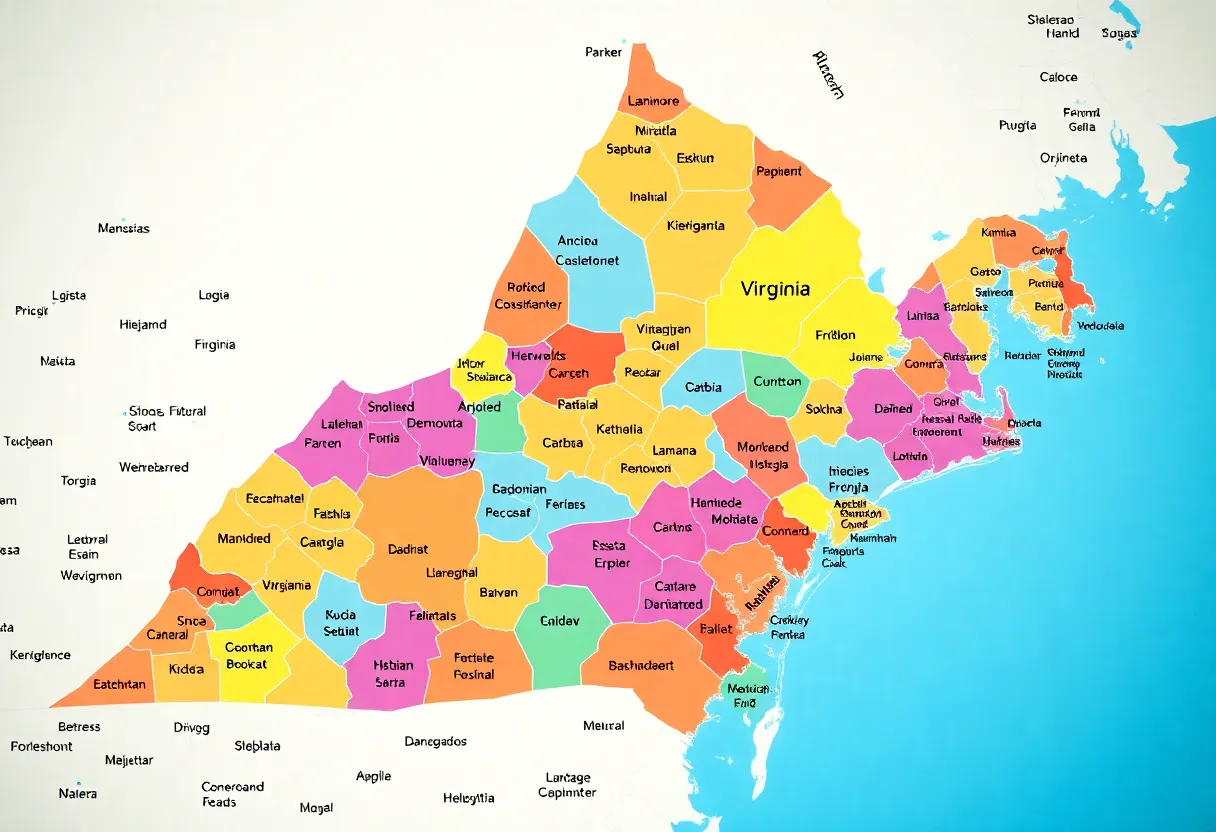News Summary
The osprey population in Smithfield is declining, prompting alarms among conservationists. Reports show empty nests and fewer chicks this breeding season, highlighting urgent conservation needs. Local efforts, led by community members, aim to address this troubling trend, which is exacerbated by decreasing prey availability and historical impacts from pesticides.
Smithfield – The osprey population in Smithfield is experiencing a significant decline, raising alarms among local conservationists. Reports indicate that several nests across the region remain unoccupied or have produced fewer chicks this breeding season compared to previous years. This situation highlights the urgent need for monitoring and conservation efforts to understand and address the underlying causes of this worrying trend.
Darren Cutler, a member of the Smithfield Town Council and co-president of Virginia Master Naturalists, has taken a proactive step by constructing an osprey stand in the waters of the Pagan River to encourage the birds to nest near his home. Last year, this initiative was fruitful, culminating in a successful nest that housed three eggs, from which two chicks successfully fledged and the third reached adulthood with assistance. However, this season, while the same pair returned, they did not lay eggs or occupy the nest fully, remaining nearby instead. Cutler has been observing a new family of ospreys in a neighboring nest and expresses hopes for a successful breeding outcome next year.
Efforts to monitor the local osprey population are led by Terri Cuthriell, who is keeping track of 12 nests for the Center for Conservation Biology at the College of William & Mary. A recent visit on July 2 revealed five empty nests, a stark contrast to only one empty nest documented during the same time frame in 2024. Cuthriell used a telescope for monitoring and noted that while 13 chicks were recorded across the active nests this year, this figure represents a decline from the 18 chicks observed the previous year. Despite these fluctuations, experts caution against jumping to conclusions due to the limited scope of the data available.
A report issued from the Center for Conservation Biology has underscored the regional osprey population’s precarious condition, declaring the situation to be in “nearly complete collapse” based on observations conducted over several decades. Bryan Watts, a professor at William & Mary, is spearheading ongoing surveys within Isle of Wight and Surry counties. These efforts aim to gather further data to understand better the dynamics impacting local osprey populations.
An aerial survey undertaken by the university’s researchers found only nine pairs of ospreys residing on Virginia’s Eastern Shore, illustrating an alarming nearly 90% decrease since 1987. This dramatic decrease raises concerns about the sustainability of the osprey population, prompting calls for focused conservation strategies.
The decline in osprey numbers is presumed to be linked to a decrease in prey availability, particularly for species such as menhaden and gizzard shad, which have faced significant overfishing and other environmental challenges. The Chesapeake Bay Foundation highlights that Atlantic menhaden have experienced overfishing in 32 of the last 54 years, while 40% of historical gizzard shad spawning habitats are reportedly blocked, further complicating the situation.
Addressing these issues is critical, especially as the Virginia osprey population has previously suffered detrimental impacts from the use of DDT, a banned insecticide that caused egg thinning during its application era. As Cutler and Cuthriell work diligently to monitor and protect the local osprey population, their efforts underscore the broader implications of ecological health and species preservation amid concerning trends that threaten these magnificent birds.
In conclusion, Smithfield’s ospreys represent not only a cherished local wildlife symbol but also a vital component of the region’s biodiversity. The community’s growing awareness and responsiveness to these environmental challenges could play a pivotal role in safeguarding the future of the osprey population and ensuring healthier ecosystems.
Deeper Dive: News & Info About This Topic
HERE Resources
Decline of Ospreys on Virginia’s Delmarva Peninsula Raises Concerns
Additional Resources
- Smithfield Times: Ospreys Population Collapse
- Wikipedia: Osprey
- Smithfield Times: Grand Jury Indictments
- Google Search: Osprey Conservation
- Smithfield Times: Osprey Reunited
- Google Scholar: Osprey Population Decline
- Encyclopedia Britannica: Osprey
- Google News: Osprey Conservation Virginia

Author: STAFF HERE WILLIAMSBURG WRITER
The WILLIAMSBURG STAFF WRITER represents the experienced team at HEREWilliamsburg.com, your go-to source for actionable local news and information in Williamsburg, James City County, and beyond. Specializing in "news you can use," we cover essential topics like product reviews for personal and business needs, local business directories, politics, real estate trends, neighborhood insights, and state news affecting the area—with deep expertise drawn from years of dedicated reporting and strong community input, including local press releases and business updates. We deliver top reporting on high-value events such as Williamsburg Farmers Market, Yorktown Market Days, and Busch Gardens Food & Wine Festival. Our coverage extends to key organizations like the Greater Williamsburg Chamber of Commerce and Colonial Williamsburg Foundation, plus leading businesses in education and hospitality that power the local economy such as College of William & Mary, The Williamsburg Winery, and Sodexo. As part of the broader HERE network, including HEREVirginiaBeach.com, we provide comprehensive, credible insights into Virginia's dynamic landscape.





